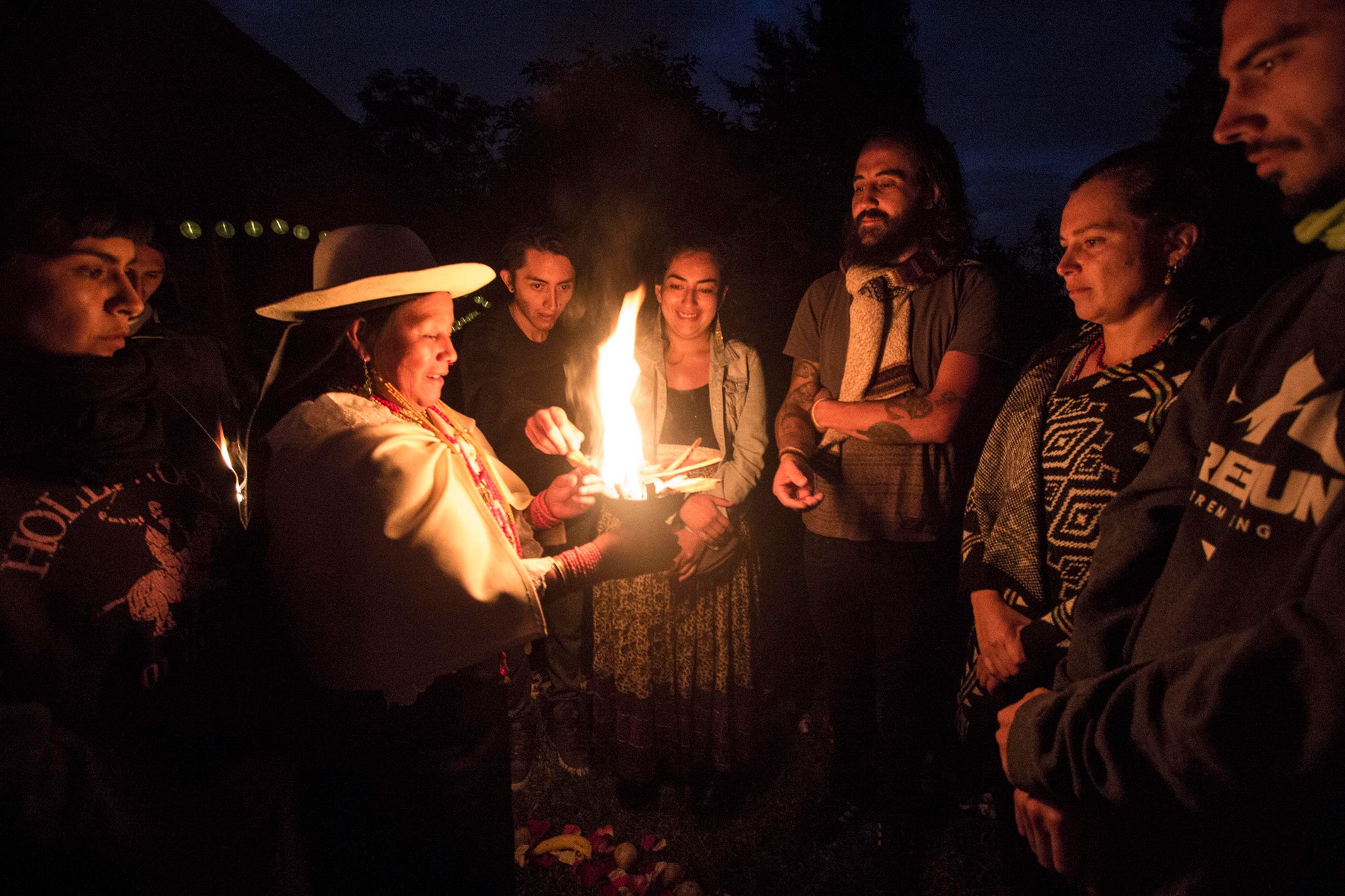Félix Suazo: From your perspective, which institutions or figures have significantly influenced the formation of contemporary artists in Paraguay?
Ethics as a Traversing Dimension of Art and Education
As a convinced believer in the potential of art as education, Paraguayan critic, curator, museologist, and cultural manager Ticio Escobar talks about some of the pioneering figures and institutions that have formed contemporary artists in Paraguay.
In this interview, he also meditates on the transversal aspects crossing the concepts of art, education, and ethics—an idea anticipated in the cosmovision of Guarani peoples. In a world that leans toward "the commodification and trivialization of visual culture," Escobar questions the models that "leave aside the moment of creating and criticism.”
Ticio Escobar: The field of contemporary art, like that of art in general, is marked by the insufficiency of public institutions. For over 34 years, the dark military dictatorship of Alfredo Stroessner (1964-1989) dismantled the little that existed at that level. He established an era of iron control over education, stripping it of any critical and creative aspects. Therefore, during the dark dictatorial times, art was seen as a dangerous adversary, both in terms of its practices and of the reflection around it; consequently, so was art education. Artists were trained mostly at the University of Architecture and the Center for Brazilian Studies. In this institution, Livio Abramo and Olga Blinder, among others, played a fundamental role in the formation of young artists.
However, as the military regime noticed this process, they pressured the dismissal of Olga Blinder—the creator and director of the art education program—from the center, accused of propagating subversive ideas. Perhaps the dictatorship understood the transformative potential of art far better than other instances, although it did so in a repressive and destructive sense. Sometime later, Olga Blinder founded two art education institutions, which are still active, even after her passing: the Taller de Expresión Infantil (Expressive Workshop for Children) and the Instituto Superior de Arte (Higher Institute of Art). Today, other institutions are formally in charge of art education, but none of them has the scope of the aforementioned. On the other hand, we must also consider the existence of workshops and individual training centers outside the formal education circuit.
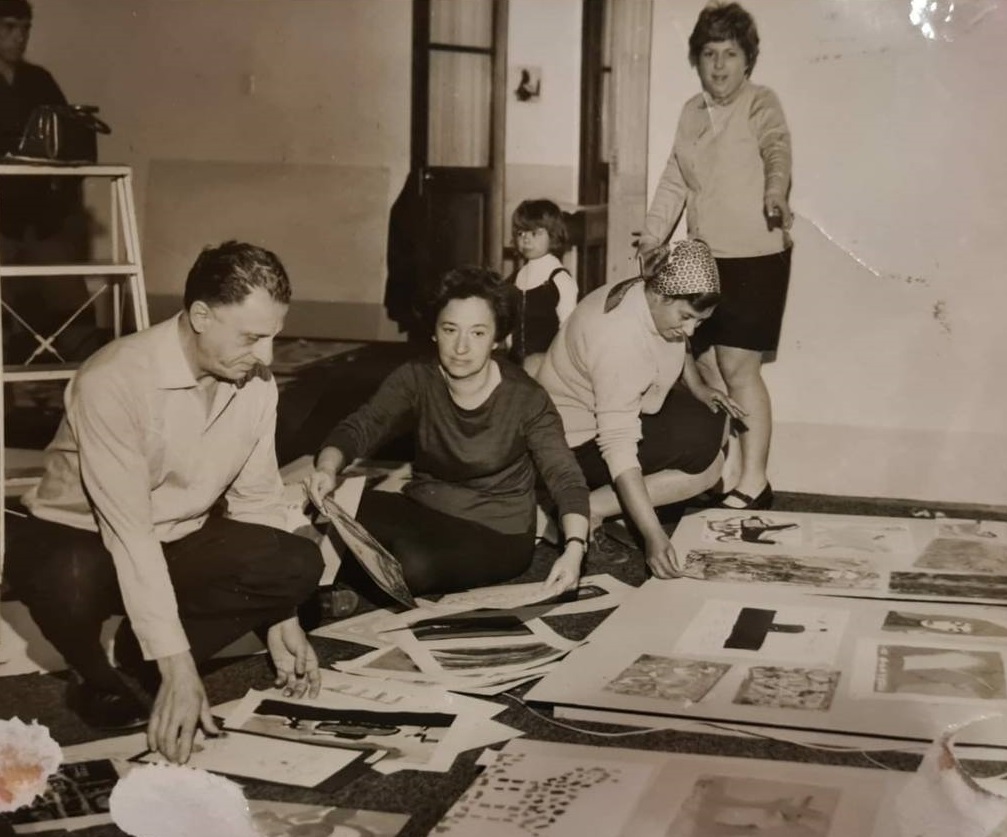
What do you think of the concept of art as education? Is it relevant in contemporary society?
I do believe in the potential of art as education, as long as we depart from an open and critical concept of 'education,' which encompasses both sides: that of the educator and that of the student.
If we understand teaching not as a transmission of predetermined contents from a place of superior knowledge but as encouraging the creative and imaginative powers, as well as promoting thinking among the general population according to the diverse singularity of their subjectivities and cultures, then I do believe that the concept of 'art as education' would be especially relevant in contemporary society.
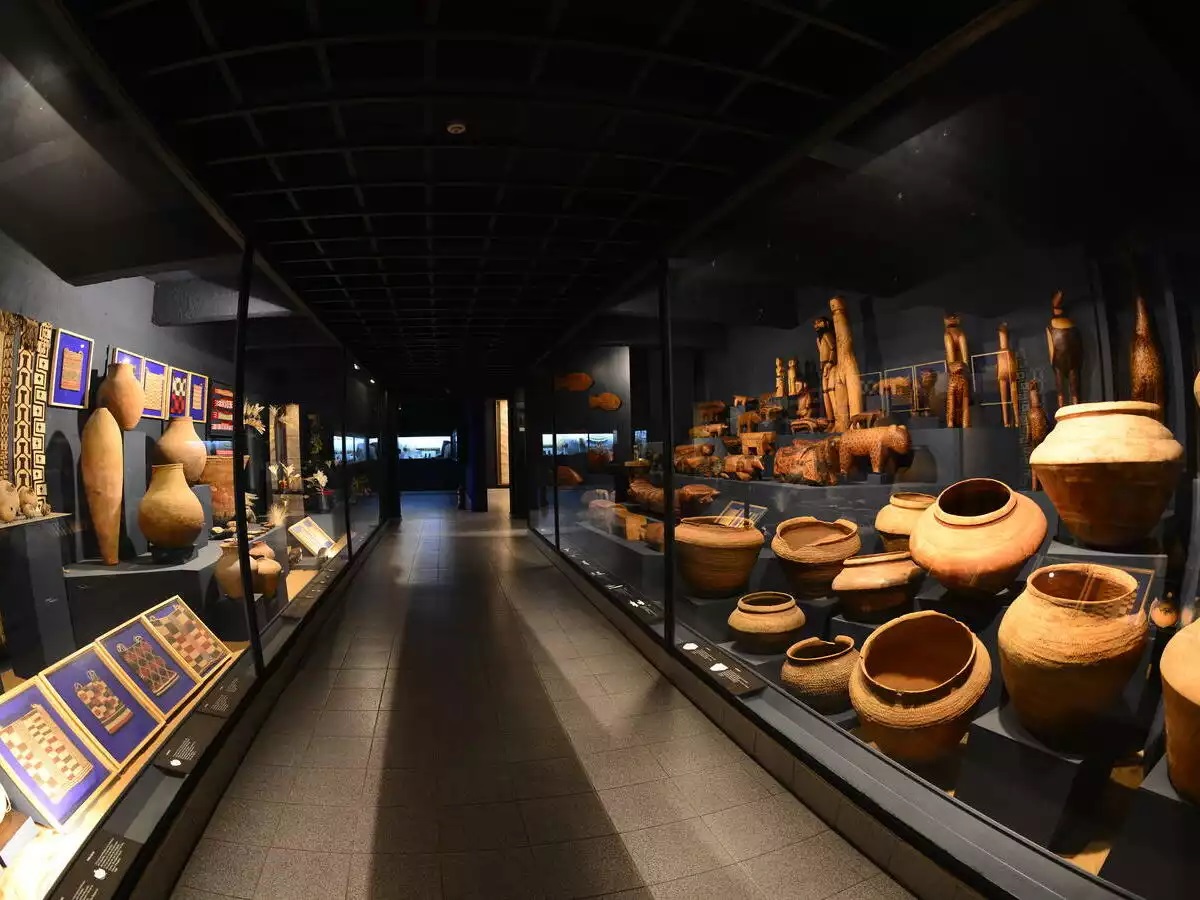
What relations do you find between art, education, and ethics in today's world?
Art does not present a finished world to be known and transmitted but opens up a space of unstable meanings. From there, it mobilizes sensibilities and activates micro-political forces to resist the invasion of teaching models designed from a mercantile approach. It seeks to assume the beauty and complexity of the environment, along with the personal and collective circumstances. Education can play a decisive role in this quest by stimulating creativity, critical thinking, and respect for cultural differences. The ethical traverses the artistic and the educational, fostering the fullness of the human condition and its social frameworks. Guarani peoples, who have a strong presence in southern regions of South America, have a term that articulates these three dimensions: tekoporã, which means living in dynamic balance with oneself, with others, and with the environment.
The double meaning of the term porã, which simultaneously implies good and beauty, further enriches the term. Thus, tekoporã entails a process of building a good-beautiful life that integrates the individual, the socio-political, and the environmental realms. Art would be the sensitive manifestation of this process and education its systematic collectivization. Also in Guarani, the name poty (flower) refers to a process of openness to beauty, goodness, and knowledge. In this sense, it is not a flower in full bloom but a half-open bud: a metaphor for an announcement, an effort, a promise—in short, a space to be built.
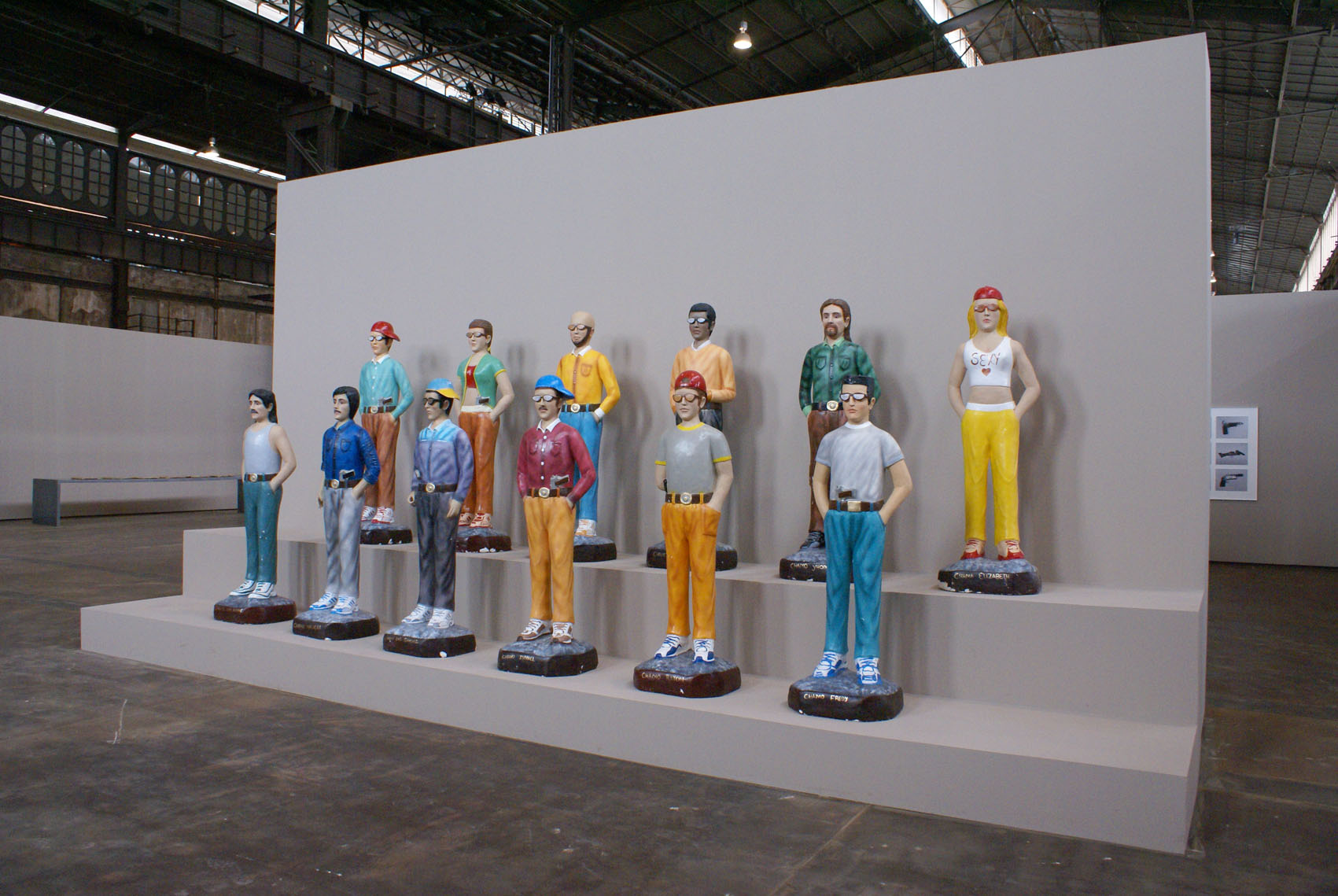

Is it possible to educate through curating and art criticism?
I believe that we can and should educate through all the socially available forces, devices, and forms. On the other hand, those instances can also be manipulated by powers driven by the sheer interest of the global market. In this sense, education also implies a struggle to recover the ethical course lost to the empire of a purely instrumental interest. As the Brazilian thinker Suely Rolnik points out, the main (micro)political challenge of culture is to embrace the creative powers through which the ethical destiny of art could be recovered, to resist its abduction by financial capitalism.
What role do museum institutions play in the formation of audiences?
Like all art institutions, museums push both in a conservative direction that tends to repeat the established knowledge about art and toward trying to rethink the approach to the works. This implies opening up to audiences, encouraging greater participation, critical perspectives, and creative interpretations. Museums have become more than just spaces for the collection, preservation, and exhibition of works of art; they are also centers for dissemination and teaching. Today, almost all of them have outreach programs for students. On the other hand, there are increasingly more educational programs for audiences independent of museum policies, even if they take place within the museum institution. University, school, and private programs take people to exhibitions and engage them in various activities promoted by the museums.
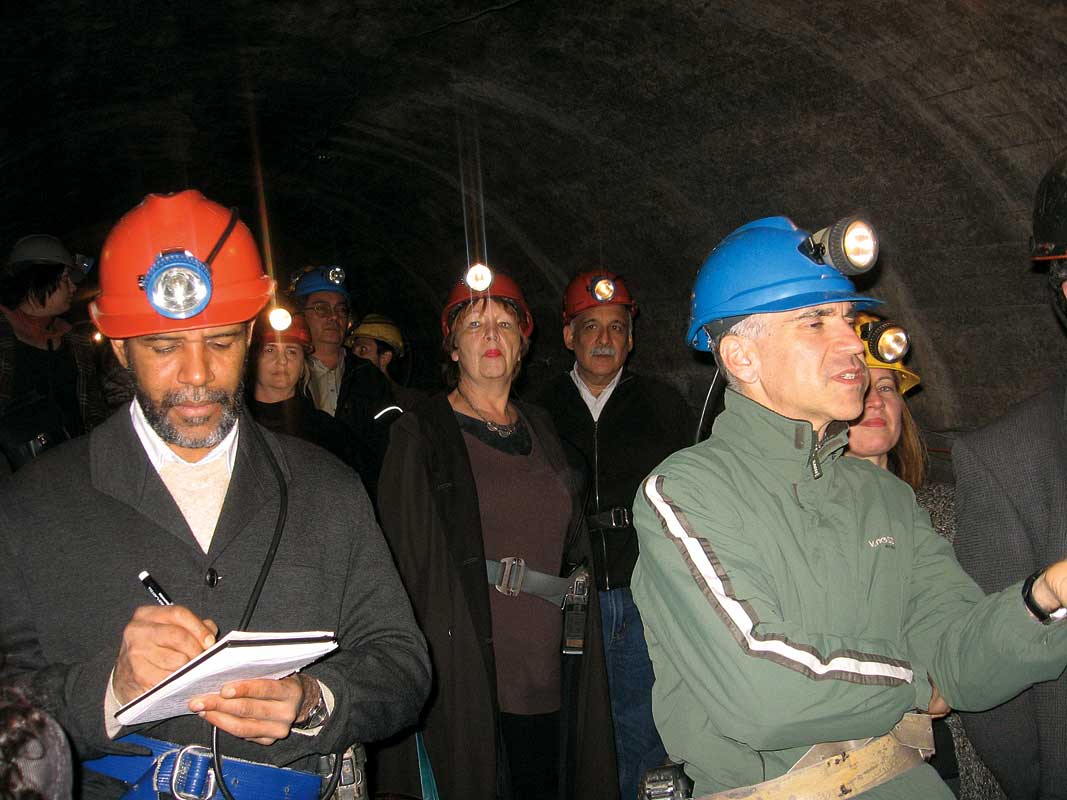
How can art education identify and balance out the homogenizing impact of globalization on local creative practices?
Art education is heterogeneous, occupying different spaces within a spectrum that ranges from subjection to the market to a radical questioning of the commodification and trivialization of visual culture. It also oscillates between academically formatted entities and those oriented toward research, experimentation, and developing critical thinking.
All cultural action has a creative and a productive pole, the latter aimed at generating income. Nowadays, however, we see the proliferation of training institutions—even universities—that promote education from a neoliberal perspective, following the postulates of the "orange economy." This orientation provides direction in pursuing productivity, leaving aside the moment of creating and criticism.
The so-called "creative industries" postpone the moment of art in favor of a model of industrialized "creativity," understood as a corporate utility. Even public cultural policies are leaning toward this model, mimicked in their claims to underpin the economic basis of art.

